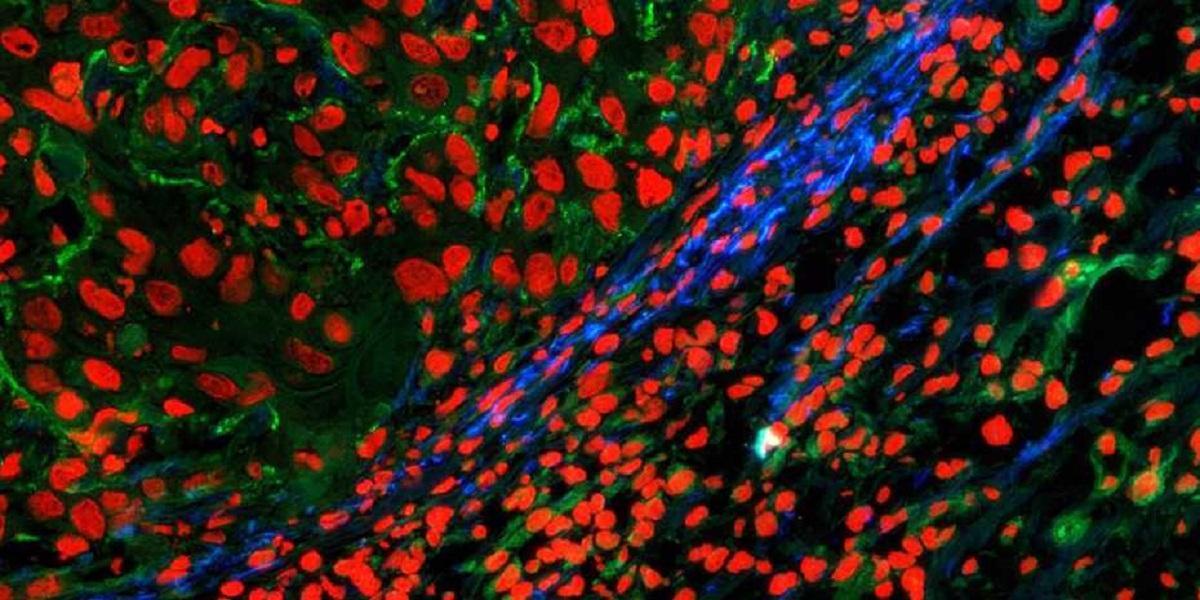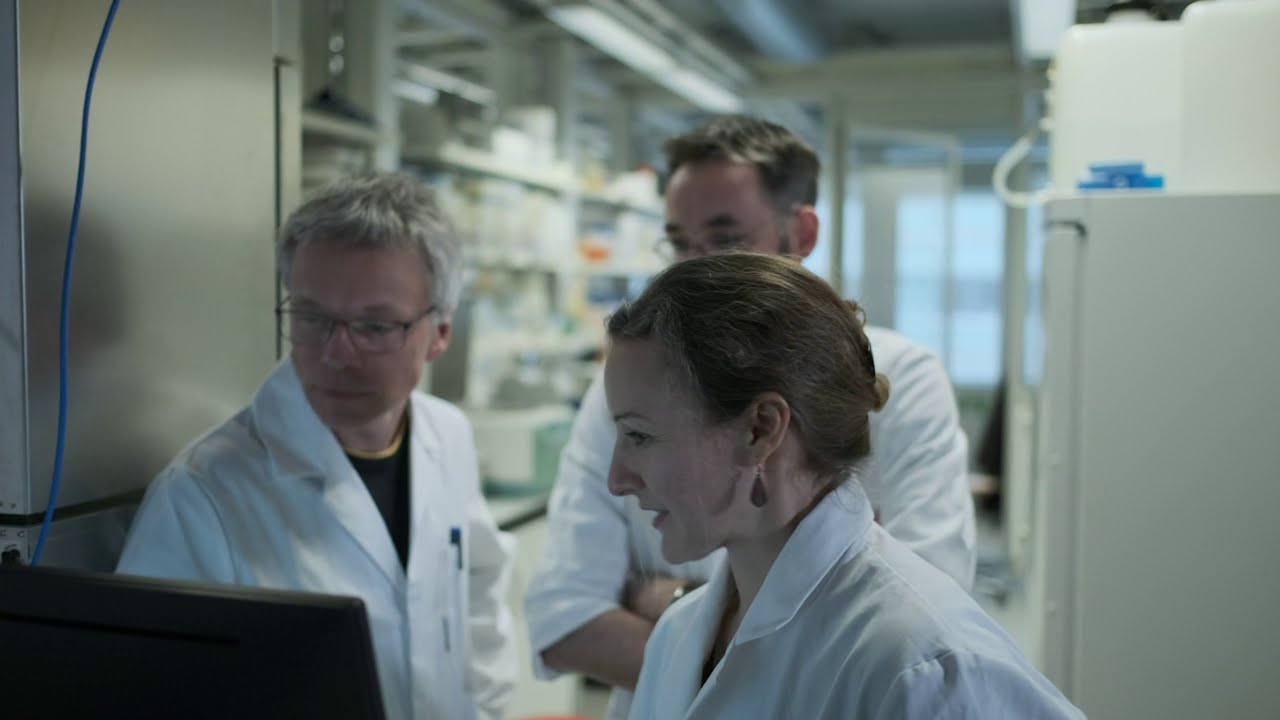
Researchers at the Swiss Federal Institute of Technology Zurich (ETH) can show where in the body new tissue is forming. To do so, they have developed a sensor molecule that interacts with collagen. Collagen is the most common protein in the human body. When these proteins link up, hair, skin, tendons, bones, cartilage and connective tissue are formed, but this also applies to cancerous growth. An enzyme called LOX is required for this.
The sensor molecule itself is not fluorescent, but it starts to light up when it reacts with the enzyme LOX. This makes it a marker for LOX activity. The researchers combined this molecule with a peptide that is similar to collagen. This was conjugated with a reactive group that only reacts with oxidized collagen.
Matthew R. Aronoff, lead author of this study and senior scientist in the research group led by Helma Wennemers, a professor at the ETH’s Laboratory of Organic Chemistry, states in a report by the ETH: “Thanks to its modular design with three components – the sensor, the peptide and the reactive group – our system is exceptionally specific and precise.” The researchers have registered a patent for this system.
There are also other potential applications, such as fundamental research of wound healing disorders in patients with diabetes and other illnesses. These are to be investigated within the context of the interdisciplinary skin research project Skintegrity, in which the ETH is involved.
Related news
Contact us
Can we put you in touch with a peer company or research institute? Do you need any information regarding your strategic expansion to Switzerland's technology and business center?
info@greaterzuricharea.com
